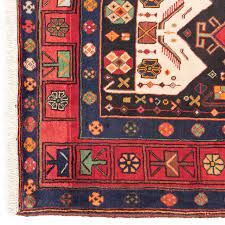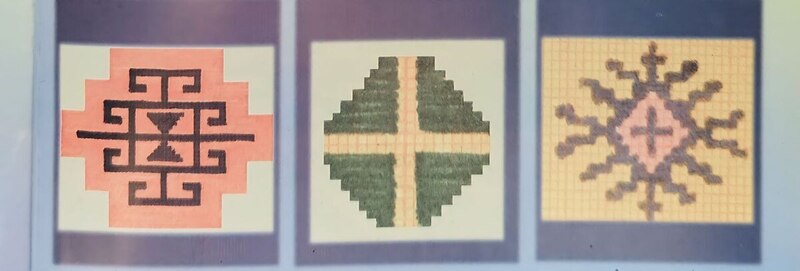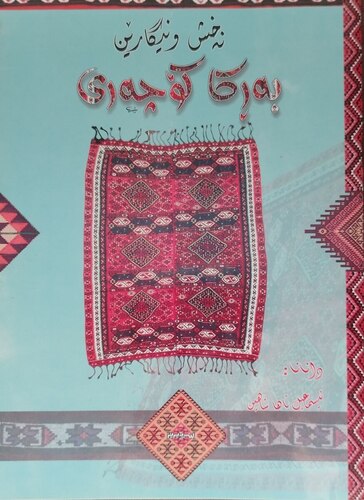In Kurdish history, women have played the most important role in all spheres of life. We can say that women are the symbol of that society. From the gods of this geography to the generals, the singers, etc.
In terms of art, women have not been exempted. For example, if we talk about Kurdish rugs, in general, these unique patterns and products, are specially created by women's hands. Kurdish rugs have their own colors, styles, and images and are related to the nature and geography of Kurdistan. It shows many different colors and lines.

We can say that social conditions influence patterns. Not only social conditions, but also thoughts, beliefs, and historical periods have changed and influenced the patterns in different ways. For example, if they make a carpet in a country like the Arabian Peninsula, they use the image of a camel in their patterns.
The shapes of the images made on the rugs are according to geometric shapes such as squares, rectangles, triangles, straight lines, etc.

A psychologist associates the shape and form of the rugs with the human body and the earth. For example, the circle is the soul and the square is the earth. In fact, even if we do not rely on the opinion of Karl Jung in the patterns, we cannot escape it. For example; the Kochari patterns are intertwined and the natural parts, which consist of mountains, valleys, trees, and plants, are intertwined.

For instance; in patterns that bring to mind mountain scenery. Also, the flower, which is the make of the Kurdish rugs, and the most complex pattern in the Kochari rug. When we look at the rugs, it has not left their true image and have moved towards a particular style, and to understand it, we need a good focus. There are two types of flowers in Kurdish rugs, the Orse flower and the Komkolavok flower. The leaves of both flowers consist of Qacholik. We can say that the triangle is the basis of the patterns in Kurdish rugs.
We talked about the rugs above, we talked about the effects of geography and nature on people, such as mountains, snow, greenery, trees, springs, rivers, and so on. This effect is also seen in the colors, each symbolizing something. However, we see more natural colors in the rugs, such as red, yellow, green, orange, blue, white, and brown.

In addition, black is sometimes used in these types. "The red, yellow, and strong warm forms in the Kurdish carpets are associated with the life of the Kurds on the snow-covered mountains of Kurdistan, so they had a warm and active spirit like fire," Masoud Rahimi said. To make more colors, fruits were used; for example, brown was obtained from the yellow flower of corncokle; pomegranate peel and walnut peel were used for the black color.
The nomadic areas for making carpets are very rich and in the book "Kochari Carpets" by the author "Ismail Taha Shahin", the areas where carpets are made, places such as "Guyi, Sindi, and Duski" and among the Artushis "Qashquri, Zhirki, and Gawdan". But the most prominent among the Kurds were the Kocharis.

The art of carpets in Kurdistan came from the hearts of Kurdish girls and their patterns were related to Kurdish nature and geography, and this is reflected in their patterns, from the colors to the shape of the lines.
After the 1980s, buyers bought the rugs from people and sold them to museums, and in late 1992, Turkish businessmen visited Kurdistan to buy and then sell Kurdish rugs to museums around the world. This has led to the decline of the national wealth.








